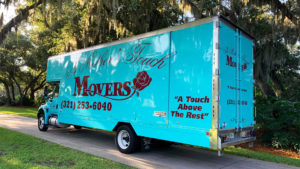Power surges are responsible for of millions of dollars in property damage every year. Surges can overload and short out the circuitry of electronics, and can also cause cumulative damage to your property over time. This then decreases the lifespan of televisions, computers, stereo equipment, and other devices that get plugged into the wall.
Most homes in the U.S. use electrical power in the form of 120-volt, 60 Hz, single phase, alternating current. But the voltage is not delivered at a constant 120 volts; with alternating current, the voltage rises and falls from 0 to 169 volts. During a power surge, though, the voltage exceeds the peak of 169 volts.
The spike in voltage can be harmful to appliances in your home and can cause an arc of electrical current within the appliance. The heat generated in the arc leads to damage to the circuit boards and electrical components. Smaller, repeated power surges may damage your electronic equipment over time, as well, and these power surges lessen the life of appliances.
The surges can start from the electric utility company during power grid switching, or by lightning. Power surges can start from inside a home when larger appliances turn off and on.
Point-Of-Use Surge Protection Devices, along with a great grounding system, protect your appliances from most electrical surges. It does not stop a surge, but instead channels the surge to the ground. You can install electrical outlets that offer surge protection, too. These outlets are useful in places where there isn’t space for a plug-in surge protector.
Point-of-Use devices can protect certain appliances in your home, but a better approach is to combine point-of-use devices with another device.
Service Entrance Surge Protection Devices mount in or on your main electrical panel or at the base of the electric meter. A service entrance surge protection device provides protection for your whole electrical system. These protect motors, lights, light switches, outlets, and all the other “hard wired” items that do not plug into an electrical outlet in the house and cannot be connected to a point-of-use surge device.
- The kind of surge protector you choose should be listed as UL Standard 1449 (national benchmark).
- Get SPDs that come with a warranty.
- Lightning strikes that are direct are powerful enough to overwhelm even the strongest surge protection.



